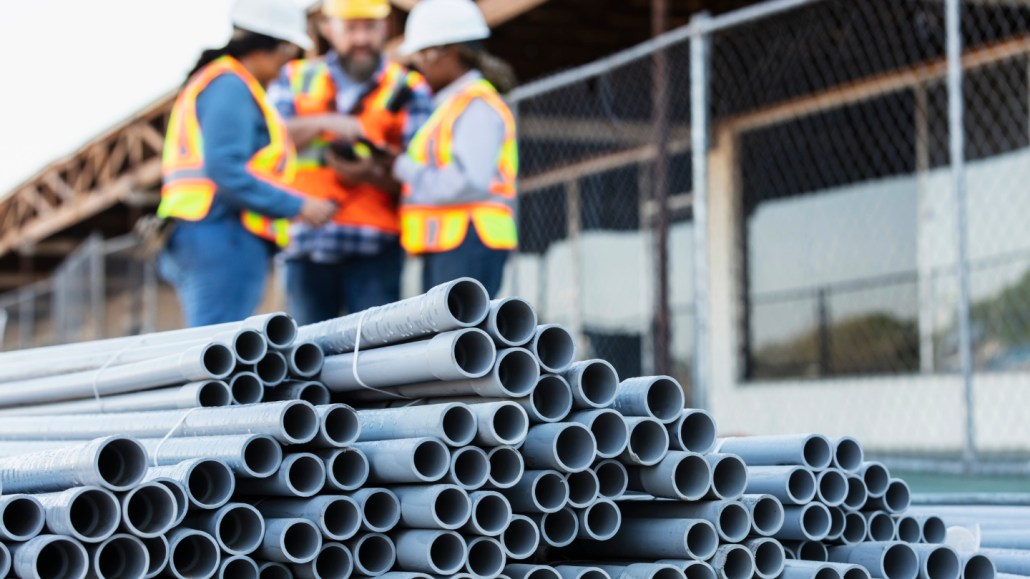50 years ago, some of plastic’s toxic hazards were exposed
Excerpt from the September 7, 1974 issue of Science News

Vinyl chloride is a key ingredient in a widely used plastic. The U.S. Environmental Protection Agency has proposed a review of the chemical’s safety and environmental data that could result in stricter regulations or even a ban of its use.
kali9/E+/Getty Images








